Nine years ago, newly graduated from college with a biology degree and an amateur interest in fashion, I traveled to Peru. I had spent the previous four years preparing to enter the workforce in the field of environmental conservation and community development, though I had not figured out exactly how to do that.

Then, my junior year, it hit me. My grandmother had become one of my closest friends in my teenage years, and now, heartbreakingly, she was suffering from a fatal illness. I flew across the Atlantic a few times that year to be near her, and the rest of the time, she was on my mind a lot. I had grown up wearing the fabrics she designed, printed in her workshop in Peru, and sewn into dresses and blouses for me. Now, about to take the leap into my own career, and thinking so much of my grandmother, I considered her fabrics as a means to do the conservation and development work I longed to do.
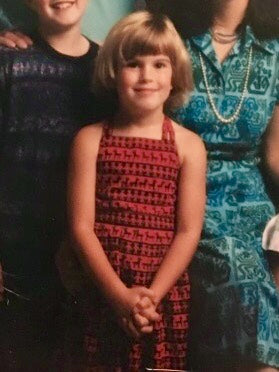
I spent my next couple of summer breaks researching the environmental and social impact of cotton farming in Peru, and found huge potential to improve the lives of farmers by supporting them in organic farming practices. I only talked with my grandmother once about my ambitions to revive her business using organic pima cotton from the farmers of northern Peru. She passed away a few months later.

When I graduated from college, I had spent two years reading reports on the environmental problems with cotton. Despite all the problematic pesticides, I fell in love with this crop that, as I devised, could be instrumental in helping subsistence farmers in Peru out of poverty. I had become a walking organic cotton evangelist to friends and family. I was ready to devote my life to fixing the myriad of problems in the cotton supply chain in Peru, and I was thrilled about career path I had dreamed up: I would revive my grandmother's fabric business, source organic cotton for my products, grow my business until it was booming, and then I would influence the rest of the Peruvian fashion industry (and then the world!) that clothing production could take care of every person and place in the supply chain.
The first step in implementing this highly probable plan, I decided, was to get myself to a Peruvian cotton farm to better understand the problems I was setting out to solve. So I wrote a few emails and landed an internship. With the financial support of my generous parents, I bought a plane ticket and a few hundred plastic viles. Halfway through the internship, I wrote home with a report. Here it is, from May 20, 2009:
1. Abstract
I’ve been in Chiclayo for just over a week now on the first of two fieldwork trips to compare post-harvest soil conditions in organic and conventional cotton farms. I’m working with an organization called Textile Exchange which is based in a small town in Texas and works in the US, South America, western Africa, India, and Europe to promote organic cotton. The South America office is in Lima (Peru being the most important organic cotton producer on the continent, woot) and I’m working with its director, Alfonso, to carry out this project. It isn’t quite an internship because I’m doing a lot of it on my own, and it certainly isn’t a job because I’m not getting paid. It’s voluntary research and an important part of my education as a sustainable fashionista wannabe.

2. Introduction
Chiclayo is a small city on the north coast of Peru. I would call it a small version of Lima – modern, a fair bit of cultural and economic diversity, not quite beautiful but certainly pleasant. I’ve mostly only seen the city during the night. The past week I’ve left early in the morning every day for an agricultural suburb called Mórrope, a town named after the “murrup, murrup” sound the lizards here make.


On the corner of the pretty plaza (crowned in its center with a sculpture with four large lizards) is the office of APAEM, Asociacion de Productores de Algodón Ecologico Murrup or the association of organic cotton producers of Murrup. This is where I meet Aldo, technically my assistant even though he is older than I am and has a lot more experience in post-grad research than I do, not to mention knowing every cotton farmer in the area and a heck of a lot more about cotton. He also has a shiny red motorcycle.
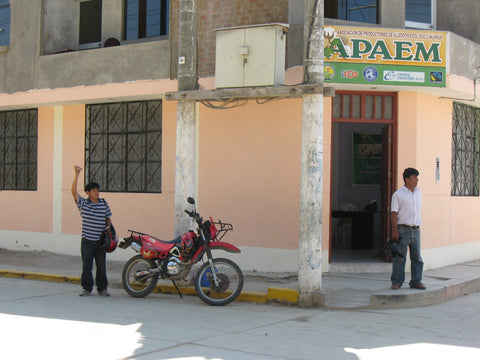
We studied five cotton farms, each with a hectare to five hectares of del cerro cotton (a shorter staple variety), and each with a friendly farmer and his lovely family. First was Lino, an 84-year-old man who helped me install insect traps along with his 10 year old great granddaughter.

Then we went to Felipe’s farm, a conventional farm that grows pima cotton (long staple and lovely). Then we went to visit Rodolfo’s farm. Rodolfo grew up on the outskirts of Mórrope, just like most of his farming neighbors, but unlike his neighbors he is inspiringly progressive. He and his wife, Natividad, have three sons – an unusually small number of children (most farmer families here have upwards of six kids) – because they wanted them to have a good education.

Rodolfo is the president of APAEM and has traveled to Brazil and Portugal while most of his neighbors haven’t been to Lima. Arnaldo’s farm is the fourth we studied. Arnaldo is the next-door neighbor and brother of Rodolfo. Last we went to Rogelio’s farm where Rogelio’s wife, Digna, grows her own crop of native colored cottons and wove them into my new favorite coin purse.


3. Methods
Alfonso and I flew up to Chiclayo together last Monday. When I got to the airport gate I looked for him but didn’t see him. I boarded the plane and sat down and then realized that he had called me on my cell phone. I called him back and he picked up. Alfonso: “Hi, are you at the airport?”, me “yes, I’m on the plane”, Alfonso:“what? Is it leaving at six?”, me: “No it’s leaving at 4:55”. He was the last one on the plane. Being a hopelessly tardy person from a family of unpunctual people (except you, Dad), I couldn’t help but like his lateness. Once we arrived to Chiclayo we became equipment-shopping, breakfast companions, and dinner buddies. Here’s what we talked about during the hours we spent together: COTTON. The farmers, the economics, the fashion trends, the everything everything everything about COTTON. In other words, it was perfect. I admit that Alfonso can talk quite a bit and when keeping up with translating required too much energy at the end of a long day romping around in farms under the sun, there was a lot of smiling and nodding and knowing sounding “ahs”, “uhs”, and “mmmms”. I wonder how much wisdom I missed out on while I zoned out.


We met every morning for breakfast to eat breakfast and took a crowded combi to Mórrope. We would inevitably get to the APAEM office late and a punctual Aldo and the lovely Onelia, the secretary, would greet us. I would load up my arms with buckets and bags of plastic cups, medicinal alcohol, and raw fish, and hop on to the back of the bike looking like an ekeko. We would get to the farm and get to work setting up our insect traps, taking a survey of weeds, and sifting through dirt for worms. Then I would do an interview with the farmers and map out the farm. Alfonso told me that no one from out of town ever comes to the farms here so they were thrilled to have me doing a study there. I could tell. The farmers and their children dropped their work at home or in the fields to do hard and tedious work with me, digging and counting weeds. They were wonderfully welcoming.
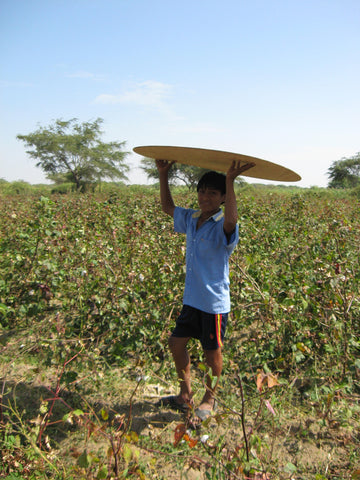

The farms were beautiful. From a hot ride under the equatorial sun and a dusty red-brown road that reminded me of arid Kenya I’d enter a green farm with carob and guavo trees and green fields of cotton and corn. There were little red-and-black birds, egrets, bright-blue-cheeked lizards, piglets, donkeys, cows, horses, and turkeys. There was never a cloud in the sky and the sun was very hot.
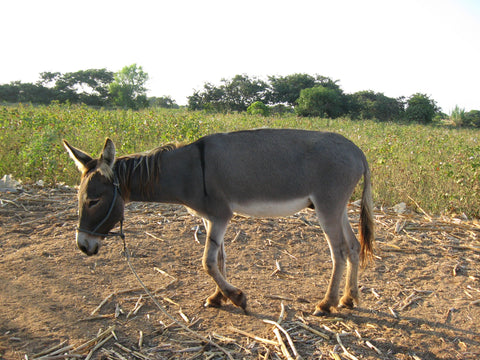

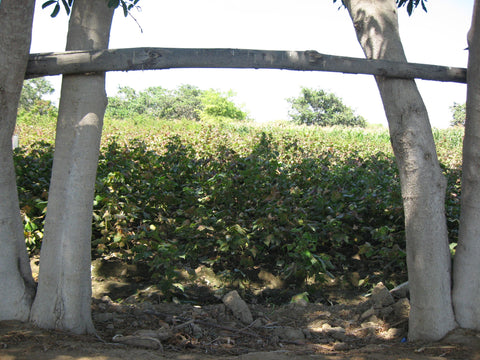

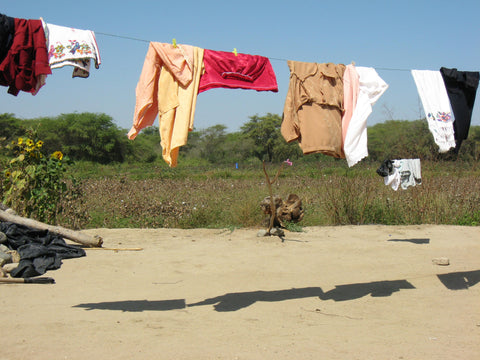
4. Results
Aldo didn’t enjoy the work as much as I did. He would hurry through the set-up and collection of the traps. I was always running after him and he was always doing something not-quite-right. He got annoyed with me when I stopped to take notes, draw maps, make sure that we had collected every last speck of a bug. After Alfonso left for Lima, Aldo became extremely mumbly (Aldo: “Mumble, mumble”, me: “what?”, Aldo: “mumble”, me: “what?”, Aldo “aha, let’s go”). It got really stressful and I resented that he was raining on my limited time in the cotton fields of Mórrope. Near the end I was about ready to ask him to leave me alone, but I needed that shiny red bike to get around. At last, he got rid of himself for me by saying he had some emergency situation and could no longer help me. What a relief. I finished the collections with a mototaxi and the lovely Onelia who was much more pleasant and peered into every collection jar to see what we had caught. TONS OF FABULOUS, BEAUTFUL INSECTS! And three rats and a lizard! I’m shipping them back to Lima for identification.

5. Discussion
I spent my last day in Mórrope yesterday. I said goodbye to Lino, Felipe, Rodolfo, Arnaldo, Rogelio and waved goodbye to Onelia at the APAEM office. I am anxious to leave my hotel room filled with multi-colored tupperwares of alcohol-soaked arthropods and go see the pyramids of Túcume and get back to Lima to be in the lab with my bugs! Before I get to start identification I have to go to Chincha and do the whole thing over again.


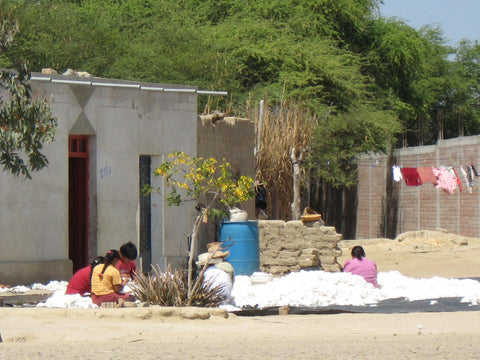

Leave a comment